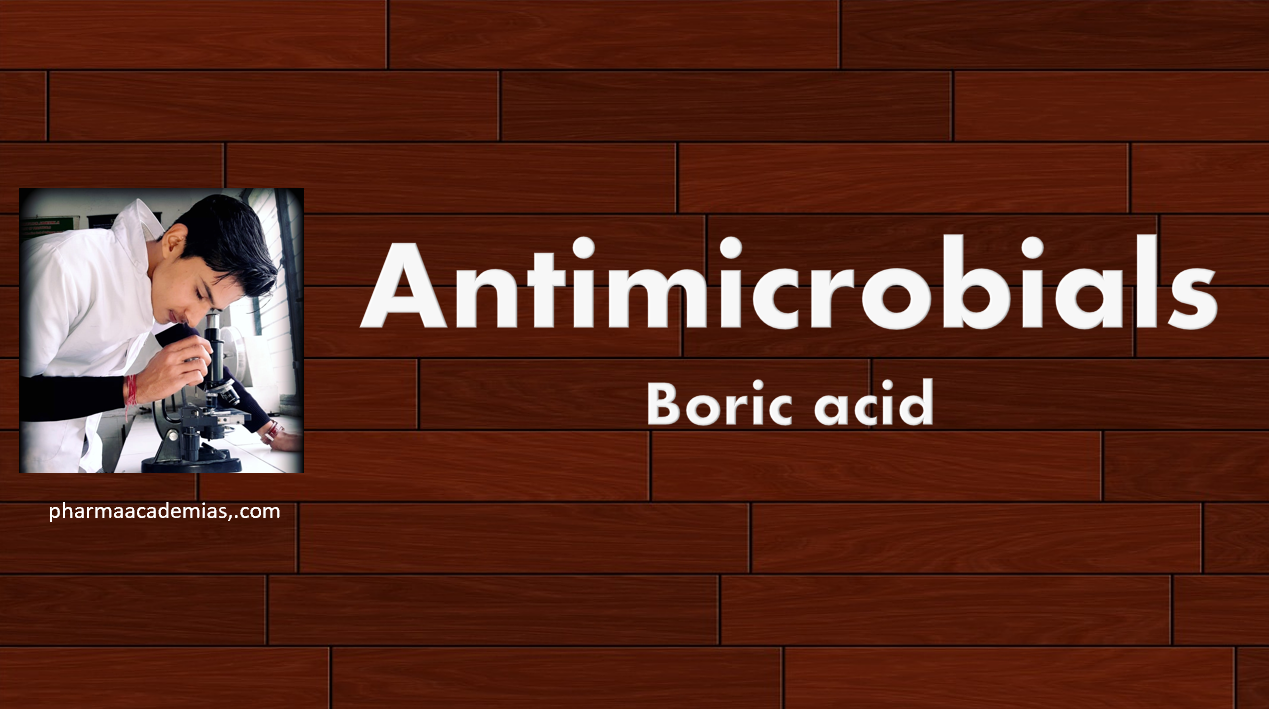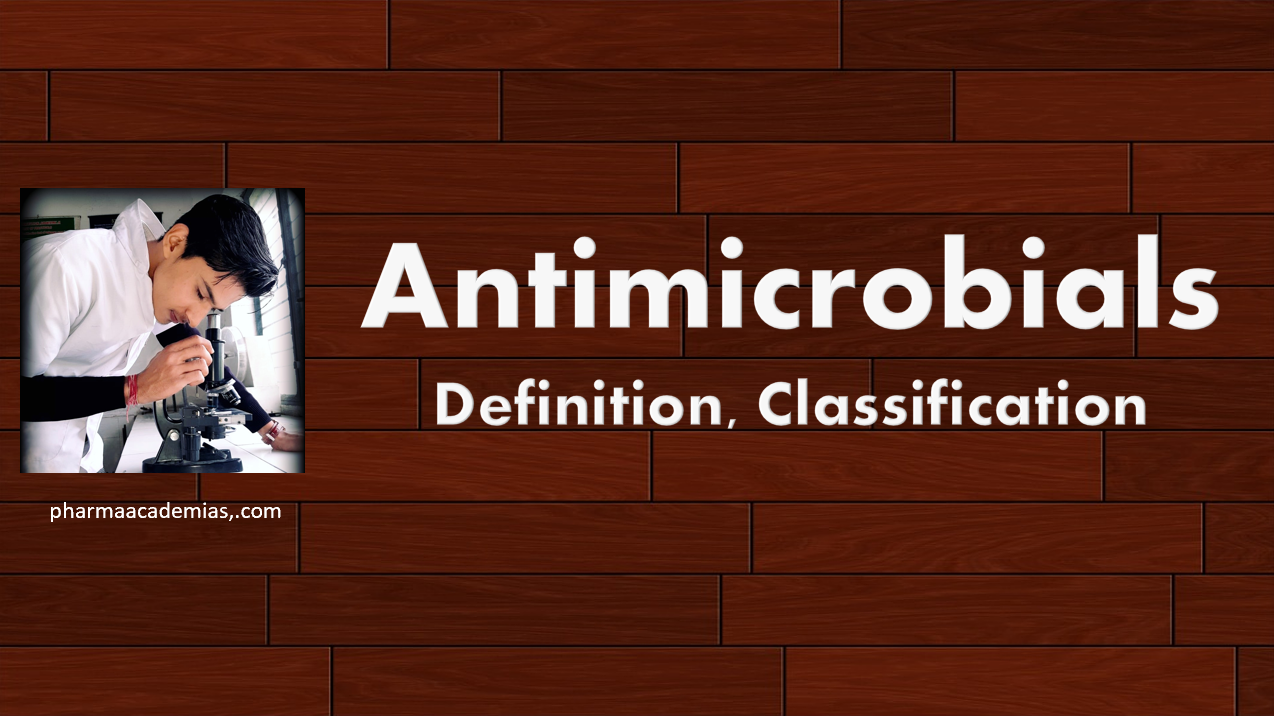Factors influencing, antiseptics and their evaluation For bacteriostatic and bactericidal actions.
Factors Influencing Antiseptics: 1. Concentration of Antiseptic: The concentration of the antiseptic solution is a critical factor. Higher concentrations generally result in more potent antimicrobial activity, but there may be a balance to strike between efficacy and potential irritation to the tissues. 2. Contact Time: The duration of contact between the antiseptic and the target … Read more




